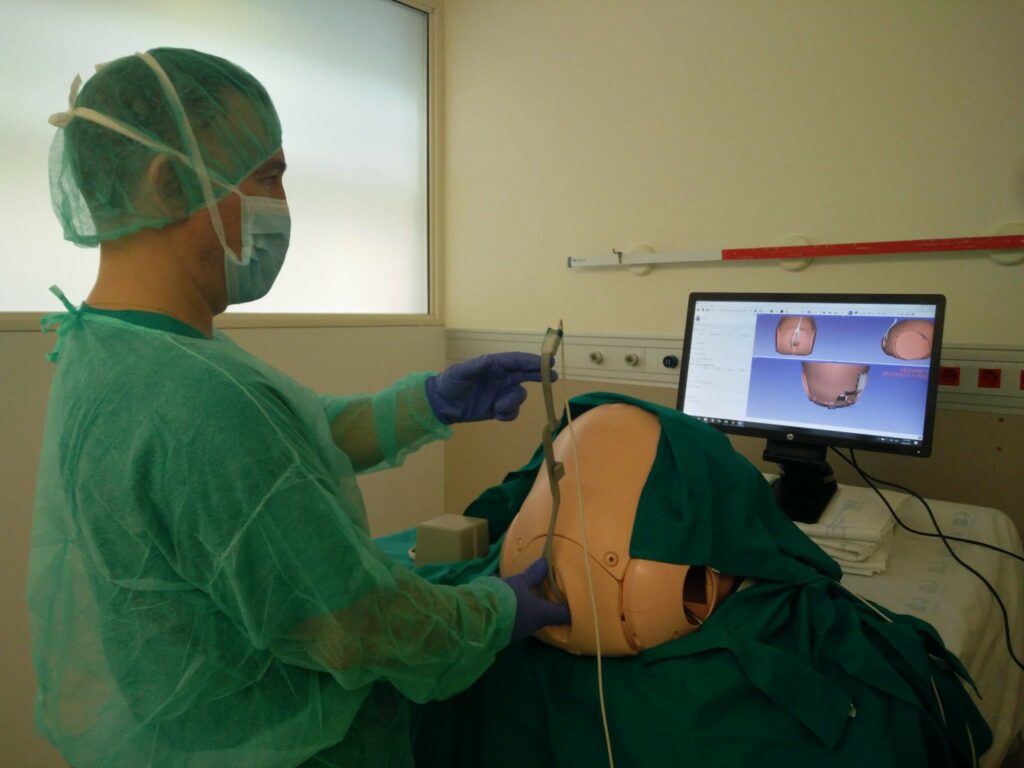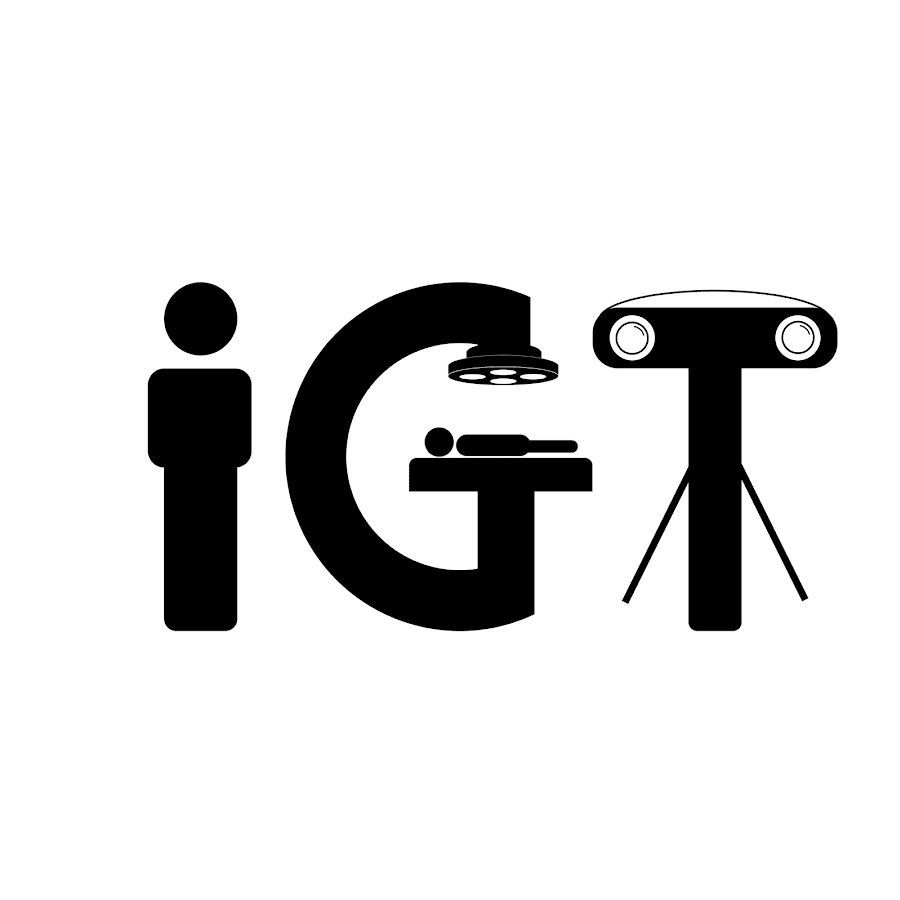The World Health Organization recommends a rate of cesareans inferior than 15%. However, the actual rates in the US double this value, while the use of obstetrical instruments, a recommended alternative to cesareans but which requires high skill and experience, has significantly decreased in the latest years. In this context there is a clear demand for simulators, with special interest in learning the correct use of Kielland’s forceps.
In an initial work, we presented a virtual instrumented simulator to improve training in the correct use of forceps. We proposed a three-step protocol that guided users along the process while evaluating their performance. We validated this protocol, following principles based on previously published guidelines, on two types of manikins. Our results show that the proposed solution successfully detects the incorrect positioning of the forceps in most steps, guiding the user during the training process and providing feedback on wrong maneuvers.

This research has recently been funded by Ministry of Science and Innovation (project TED2021-129392B-I00, “Acelerando la transformación digital en salud materno-fetal mediante herramientas de simulación y entrenamiento”). This project will be developed during 2023 and 2024 to develop and evaluate digital simulators for medical training in maternal-fetal medicine, adapted to two scenarios: childbirth delivery and laparoscopy. The specific objectives are:
Objective 1: Improve the existing Virtual Reality delivery simulator, including different scenarios and enhancing user interaction. Evaluate its impact on delivery training in multiple sites.
Objective 2: Improve the existing operative vaginal delivery (OVD) digital simulator to integrate both vaginal and operative simulations, tracking the positions of the hands/instruments and quantifying the training session. Evaluate the impact of this simulator in delivery training in multiple sites.
Objective 3: Design a laparoscopy simulator for gynecology based on the existing 3D mannequin, including a camera to record and quantify the training sessions automatically. Perform an initial evaluation of the system.
Objective 4: Summarize the evaluation of the different simulators, proposing a training program for both childbirth delivery and gynecologic laparoscopy, on the basis of the project results, including a plan to ensure low-cost maintenance of the simulators.
The Principal Investigators are Javier Pascau (Universidad Carlos III de Madrid) and Juan de León (Universidad Complutense de Madrid), and the team includes researchers from different institutions where we will be organizing training sessions:
- Hospital Nuestra Señora del Prado (Talavera de la Reina)
- Hospital Central de Asturias (Oviedo)
- Hospital Miguel Servet (Zaragoza)
- Hospital Puerta del Mar (Cádiz)
- Hospital Infanta Leonor (Madrid)
- Fundación Hospital Alcorcón (Madrid)
- Universidad de Alcalá de Henares (Madrid)
- Hospital Gregorio Marañón (Madrid)
- Hospital Álvaro Cunqueiro (Vigo)
Our collaboration in project MACBIOIDI2 will allow evaluating our results with other collaborators from Senegal, Mauritania, Cabo Verde and Costa de Marfil.
The following images and videos show some examples of the simulators that we are developing. For any further questions please get in touch with Javier Pascau or Juan de León.

Related publications
- M. García-Sevilla, J. De León-Luis, R. Moreta-Martínez, D. García-Mato, R. Pérez-Mañanes, J. A. Calvo-Haro, and J. Pascau. Performance Evaluation to Improve Training in Forceps-Assisted Delivery. OR2.0 Context-Aware Operating Theaters, Computer Assisted Robotic Endoscopy, Clinical Image-Based Procedures, and Skin Image Analysis, 11041, 69–77 (2018). [doi]
